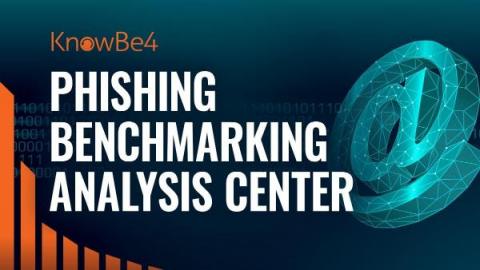Wordfence Becomes the Latest Brand to be Impersonated Putting 800 Million Sites at Risk
With its wide use and trusted state among Wordpress developers and website admins, a new campaign impersonating the website security brand could put hundreds of millions of websites at risk. Today, it's estimated there are over 810 million websites that run on Wordpress. One of Wordpress’ most used plugins is Wordfence – a security platform made specifically for the website platform.





